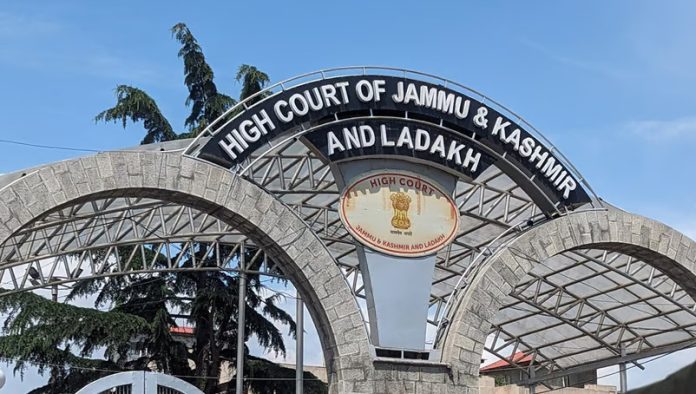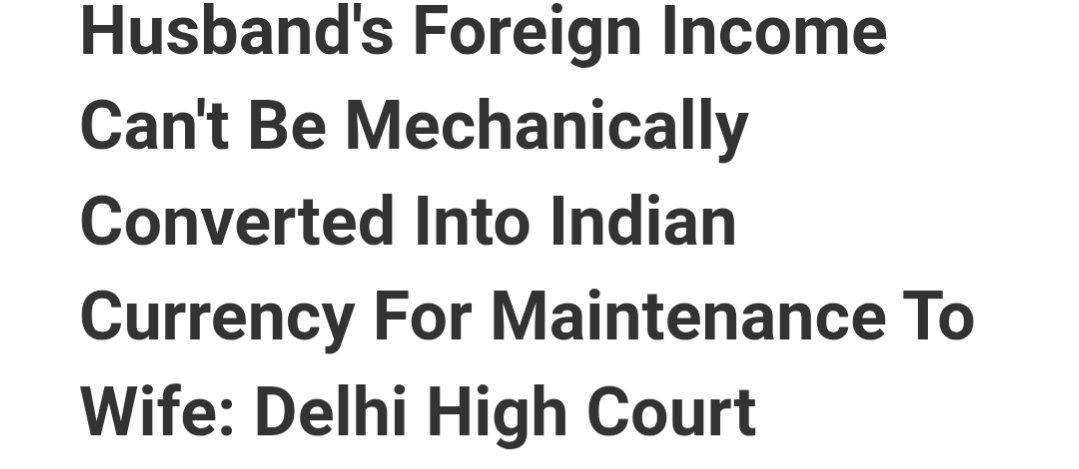Mukerji, J.@mdashThe suit out of which this appeal arises was commenced in the year 1908. The plaintiffs as darpatnidars instituted this suit against the zemindars, the patnidars and certain tenants, for a declaration that they were entitled to obtain settlement of certain lands as being chaukidar chakran lands included within their darpatni mehals and for recovery of khas possession and wasilat on the ground that the said lands having been resumed by the Collector and assessed to rent had been settled with the zemindar who had. wrongfully granted settlement thereof to the said" tenants. The zemindar was the defendant No. 1, the tenants defendants Nos. 2 to 18 and the patnidars defendants Nos. 19 to 64 in the suit.
2. The Subordinate Judge dismissed the suit in. its entirety. On appeal the District Judge made an order for remand, which, on a further appeal to this Court was varied, and the Subordinate Judge was directed to take evidence and record his findings on certain issues and send them up to the lower Appellate Court.
3. When the matter was pending before the Subordinate Judge a solenama was filed as between the plaintiffs and the defendant No. 1, whereby the plaintiffs'' darpatni right to the lands and their right to khas'' possession was admitted and the plaintiffs gave up their claim to wasilat and costs as against him and also as against those tenant defendants who would not contest their claim. It is unnecessary to refer to the other terms of the solenama.
4. The Subordinate Judge found, (a) that the plaintiffs'', title had been proved, (b) that the plaintiffs were entitled to khas'' possession, and (c) that as for wasilat and costs in view of the terms of the aforesaid solenama it would have, to be decided "by the lower Appellate Court as against which of the defendants the same would be decreed.
5. These findings were sent up to the learned District Judge, and before him two more solenamas were filed, one between the plaintiffs and the defendants Nos. 19 to 64 by which amongst other terms the plaintiffs'' right was admitted, and the other between the plaintiffs and the heirs, of defendants Nos. 13 and 15 and some of -the heirs of defendant No. 18, the latter giving up possession of certain plots of lands which they were holding.
6. The learned District Judge at the hearing of the appeal came to the conclusion that applications for substitution had not been made in the case of the heirs of: some of, the defendants within the time allowed by law and the suit had abated as against them. He also held that the application which the plaintiffs made for setting aside the abatement should not succeed. He held further that inasmuch as the relief of ejectment had been claimed in the suit against the whole body of tenants as a whole, and there was nothing in the plaint to show what specific plots were in the occupation of each of the tenants, the whole suit must be dismissed. In that view of the matter, he passed a decree disposing of the appeal on the basis of the two solenamas filed before him as above, and dismissing the appeal and the suit as against the rest of the, defendants.
7. The plaintiffs have preferred this appeal against the aforesaid decree and the contentions put forward on their behalf are mainly three: Firstly, that the order for substitution had already been passed by the Court and the reasons given for setting aside the orders and declaring that the suit had abated were not based on sufficient materials and that in making the said order the learned District Judge did not discriminate between the individual cases -in which different considerations arose; secondly, that in refusing the application to set aside the abatement, the learned District Judge was wrong in rejecting it wholesale, he himself found that out of a large number of cases there were only four in which unreasonable delay had taken place; and lastly, that the view taken by the learned District Judge that the whole suit must fail was wrong.
8. In support of the first two contentions, which may be taken together our attention has been drawn to some of the petitions, affidavits and orders relating thereto. It appears that the heirs of defendants Nos. 4, 7 and 9 were allowed to be brought on the record upon an affidavit filed on behalf of the plaintiffs in which the dates of the respective deaths were not mentioned. From an affidavit filed on behalf of the defendants it appears that defendant No. 4 died in Pous 1312, No. 7 in Aswin 1318, and No. 9 in Pous 1325; and that certain other defendants viz., No. 3 died in Aughrayan 1324 and No. 6 in Chaitra 1323. It appears again from an affidavit filed on behalf of the plaintiffs that the defendant No. 13 died in Ashar 1327 and defendant No. 18 died in Jaista 1327; while from a petition filed on behalf of the defendants it appears that defendant No. 18 died in Augfrayan 1324, and we find no challenge as to the date of the death of defendant No. 13 as given by the plaintiff. The applications for substitution were made on different dates, that is to say the period of delay is not the same in all cases, the intervals ranging from less than 3 months to more than 9 years.
9. On the whole it seems to us that each case has not been individually considered on its own merits. It may be that in the view that the learned District Judge took of the maintainability of the suit it was not necessary for him to do, so; but having regard to what we think of the matter it is desirable that each of the cases should, be dealt with on its merits and with regard to each of them it should be held whether the suit has abated and if so whether there is any just cause for setting aside the abatement.
10. As to the last contention put forward on behalf of the appellants, the rulings relied upon by the learned District Judge do not seem to be applicable to the present case. The case of Narendra Nath Kuti v. Satyadhan Ghoshal 54 Ind. Cas. 396 : 30 C.L.J. 203 was one in which it was held that in the absence of one of several joint tenants, the others could not proceed with and appeal against the landlords in which they were seeking to claim abatement of rent, and the decision proceeded upon the meaning to be attached to the word tenant in Section 52 of the Bengal Tenancy Act, namely, the entire body of tenants and not merely a co-sharer tenant. In the case of Kali Dayal Bhattacharya v. Nagendra Nath 54 Ind. Cas. 822 : 24 C.W.N. 44 : 30 C.L.J. 217, the plaintiffs had jointly obtained a decree declaring certain lands as being included within their estate, the defendants preferred an appeal and challenged the decree in the absence of the heirs of one of the plaintiffs and it was held that the appeal was imperfectly constituted; the principle of that decision, as also of the authorities referred to therein being that if the decree of the Trial Court was reversed there will be two conflicting decrees in existence passed in the same litigation. In the present, case the facts seem to be wholly different. It is true that the plaintiffs constituted the suit as against the tenant defendants as if they were joint tort favors and asked for a decree for khas possession against them in a body; but it appears that the tenant defendants have filed written statements in which they have stated with precision exactly what plots they are individually and separately in possession. The learned District Judge has observed in his judgment that "in the facts pointed out it is certainly possible to prepare a decree" but he thinks that that decree "would give effect to a relief which" is not covered by and is different from the case of the plaintiff." I am unable to assent to this latter view. Should the plaintiffs succeed on the merits, they will be entitled to a decree against the respective tenants who may be found, either upon their own admission or otherwise to be in possession of specific plots of land provided they are not jointly interested therein with any against whom the suit may be held to have abated. This view is in accord with that taken by this Court in the case of Sarat Kamini Dasi [Jamini Mohan Sircar] v. Chaitanya Chandra Prohoraj 67 Ind. Cas. 290 : AIR(1923) (C.) 289.
11. I would, therefore, set aside the decree of the District Judge and remand the case to him to be dealt within the light of the observations made above. No order is made as to costs.
Walmsley, J.
12. I agree.

